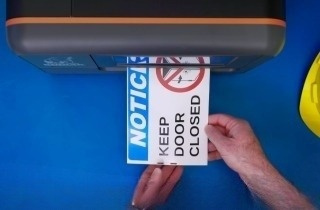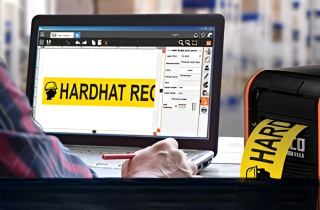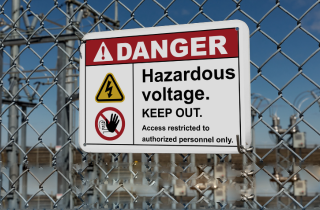Electrical Safety FAQ

Electrical Safety Essentials for Arc Flash PPE and Lockout Rules
Electrical hazards pose serious risks—including shock, burns, and arc flash incidents—that can be fatal if proper precautions aren't in place. Electrical safety programs must include clear visual communication, regular equipment maintenance, and employee training that meets OSHA and NFPA 70E requirements. Proactive measures significantly reduce the risk of catastrophic accidents.
Topics Covered:
This section breaks down the key components of a solid electrical safety strategy.
- Lockout/Tagout (LOTO): Ensure equipment is properly de-energized during maintenance.
- Arc Flash Labeling: Understand what information is required and where labels must be placed.
- PPE Requirements: Learn which protective gear is needed based on different electrical hazard levels.
Use these resources to improve safety and maintain compliance across your electrical operations.
Electrical Safety Frequently Asked Questions
- What are examples of administrative controls?
- What are hazards in a confined space?
- What are NIOSH’s findings on electrical safety in mining?
- What are the best prevention strategies for human error?
Explore our extensive FAQ library to get insights on industrial labeling, workplace safety, and compliance. Find solutions and best practices for maintaining a safe and efficient work environment.
Related Resources

Equipment Labeling Best Practices FAQ
Equipment Labeling Standards for Safety and Compliance This section explains best practicesfor labeling ...
Read
OSHA Labeling Requirements FAQ
OSHA Labeling Requirements for Hazard Communication This section outlines OSHA’s requirements for workplace ...
Read
NFPA & GHS Chemical Labeling FAQ
NFPA vs. GHS: Chemical Labeling for HazCom Compliance This section compares two major chemical labeling ...
Read.png)





